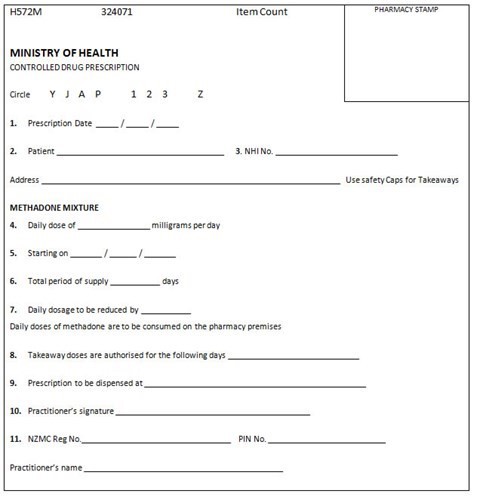There are several health problems during pregnancy that should be discussed including:
- General nutrition.
- Risks of anaemia.
- Alcohol and nicotine consumption.
- Oral hygiene and dental health.
- Complications from chronic infection related to injection practice.
- Antenatal and postnatal mental health problems.
Advice should be given regarding potential complications of pregnancy associated with drug use:
- Premature delivery.
- Low birth weight.
- Placental abruption.
- Neonatal abstinence syndrome.
Opioid Detoxification in pregnant women:
- Should be undertaken with caution; and
- In the second trimester with small frequent reductions − however, expert opinion suggests that a patient should be free to choose to initiate detoxification at any stage of pregnancy, provided her circumstances and her ability to cope are taken into consideration.
Partial splitting of the dose may also be considered for stable pregnant patients in the latter half of pregnancy in order to avoid the necessity for increase in the dose, especially for those on doses below 60mg. A single daily dose should be reinstituted following delivery.
Note:
A small number of women become fast metabolizers of methadone or buprenorphine/naloxone in pregnancy. Where this is suspected, obtain trough and peak serum methadone levels and discuss with the BOPAS before instituting split dosing. These women are at greater risk of destabilization in pregnancy and timely assessment and management can prevent this.
Breastfeeding
In general, it is safe to breastfeed while a mother is taking methadone as long as there are no other factors that would make breastfeeding unsafe, such as using illegal drugs or using certain prescription medications. Methadone is found in breast milk, but only a small amount gets passed along to the baby.
There are many benefits to breastfeeding for both the mother and her baby.
- Breast milk has important nutrients that will help baby grow and may help prevent infection
- Babies who are breastfed are generally more healthy and don't have to visit the doctor as often as babies who are fed formula
- Breastfeeding helps the mother and her baby bond
- Breastfeeding may help baby cope with withdrawal symptoms
Although there is no official statement saying that mothers cannot breastfeed if they are taking methadone, it would be wise to discuss this with the specialist service to learn more about it.
*See Section 6.7 Management of Pregnant and Breastfeeding Women page 52-56 of " New Zealand Practice Guidelines for Opioid Substitution Treatment 2014"

